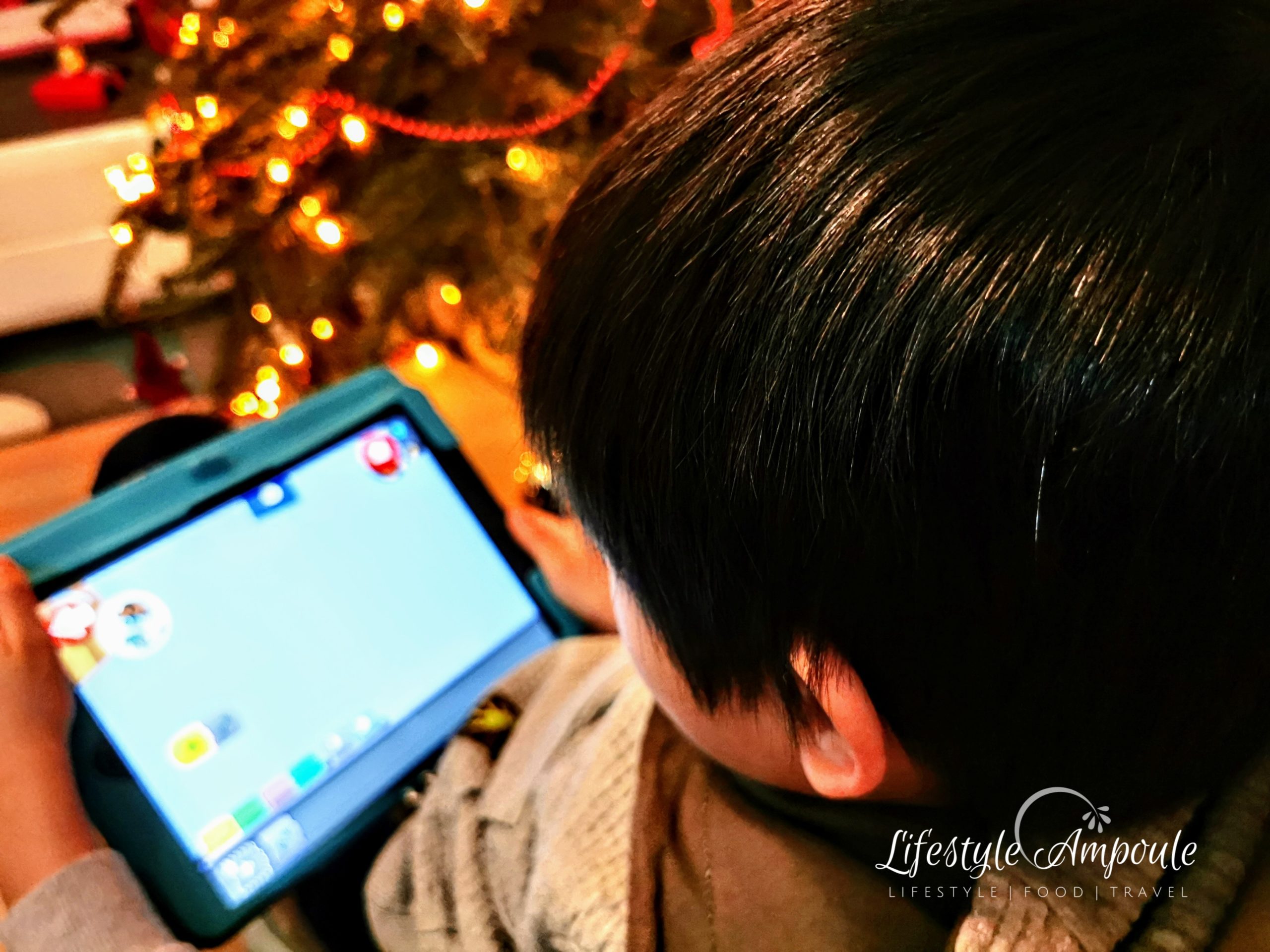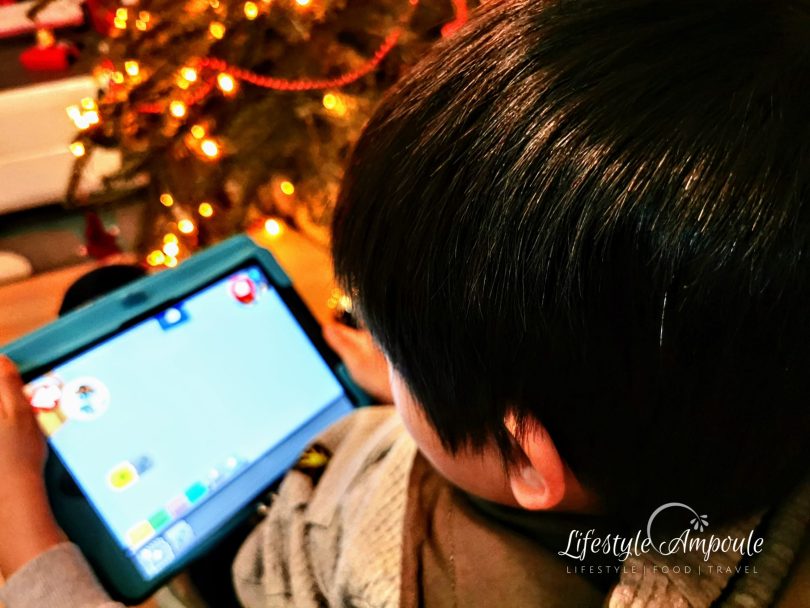How to balance screen time for kids
Today’s world is becoming increasingly digital, and screen-focused. While screen time opens up a number of opportunities in the realm of learning, skill development, too much of it can have a negative impact on your child’s well-being. Listed below are a few tips on how you can balance screen time for kids.
1. Set the Ground Rules
The first step to helping your kid find the balance between using the screen and doing other activities is to work together and devise some family rules. These can include things like the places where screens are allowed, or when and how screens can be used.
When you set up a plan to balance screen time for kids it is important to take into consideration that your older child might need more screen time, as compared to your youngest kid.
You could also include time limits to fit in an hour of moderate physical activity, homework, and doing chores. An important part of this tip to balance screen time for kids is to make them a part of the process, and take their needs into consideration.

2. Get Your Kids Moving!
One of the best ways to encourage short screen time is to divert your kids’ attention elsewhere, like playing outdoors. This will help inculcate healthy lifestyle habits and promote creative development in your kids, and keep them super active, instead of lethargic.
An active lifestyle can be enjoyed both indoors and outdoors. Some fun outdoor games include tag, climbing trees, hopscotch, or hide and seek, whereas some great indoor games are playing catch with a ball, dancing, or a scavenger hunt. To make things more fun, you can join in and participate in the games.
3. Have a Bedtime Routine
We all thrive on routine, and so do kids! In fact, it is all the more important for them to have a fixed routine, while they figure out how the world works. Establishing a well-rounded bedtime routine helps develop healthy lifestyle habits, and keeps the screens out of the bedrooms.
Kids often stay up at night playing games online or texting their friends. By banning screens from the bedroom, their quality of sleep will improve, and they’ll get the doctor-recommended nine to eleven hours of blissful sleep, every night.
4. Focus on Content Instead of Duration
Needless to say, a big part of the answer to “how to balance screen time for kids”, includes keeping an eye on the type of content that your children have access to. Digital tools are great for creative development and building connections.
But in the vast world of the net, inappropriate or violent content is all too easy to come across. Research has shown that there is a correlation between this type of content and sleep problems in children.
In addition, programs that are curated for older kids might be too confusing or fast for younger children. So if your kids are quite young, they should ideally be watching things their age group can relate to, preferably, educational, even if they have a short screen time.
5. Do Digital Things Together
The more that young children or toddlers interact with parents, friends, and other loved ones, the better it is! Screen time is no exception to this rule, and what better way to leverage its benefits, than to stay connected.
Watching your child’s favorite show together and asking them about the storyline can help them use screens and technology in a more productive manner. Similarly, video calls with loved ones will help them strengthen relationships, and put screen time to better use.
6. Set Some Regular Goals
Another great tip on how to balance screen time for kids is to set some goals or fun activities for the family as a whole. An example is to have a device-free meal at least once every day.
These conversations can help better develop your kid’s social-emotional well-being, and minimize the day’s stress for the whole family. You could also encourage intermittent social media fasting as a healthy lifestyle habit, for your teenage kids.
This includes not using social media platforms while working or studying and encouraging your kids to finish tasks on time.
7. Make Devices Hard to Reach
Making screens hard to reach, will automatically lead to short screen time. To do this, designate a place for all electronic devices that are at a distance from where your kids usually sit.
Making the devices hard to reach will make them bored, or too lazy to go all the way to check a notification or two. Instead, substitute puzzles, games, books, or board games in their place. By making the latter more accessible, you’ll encourage creative development.
Remind your kids that it is okay to be bored! In fact, when bored, it is a great chance for them to develop their creativity and imagination. Constant entertainment and excessive screen time can actually be detrimental to their development.
8. Try Short Screen Time Sessions
To keep up your child’s energy levels, stimulate development, sleep, and promote overall good health and wellbeing, it is important for them to get up and move around. It is, therefore, a good idea to motivate your child to take short breaks and have short bursts of screen time instead of a lengthy session.
You can encourage them to do so, by setting a timer at regular intervals and giving them an incentive to do something when the timer ends, like getting something from outside. You can also try incorporating natural breaks within the screen time like doing a victory dance if they finish a level or two in a game.
Final Thoughts
Child development experts have always advised parents and teachers that toddlers below two years of age shouldn’t have any significant exposure to electronic devices. This was rooted in the knowledge that kids would benefit more from real-world experiences.
But this seems like an almost impossible task these days, with our reliance on digital mediums. Therefore, it is important to balance screen time for kids to stimulate creative development in the formative years.
If you enjoyed this article please check out my other Lifestyle articles HERE. ![]()



